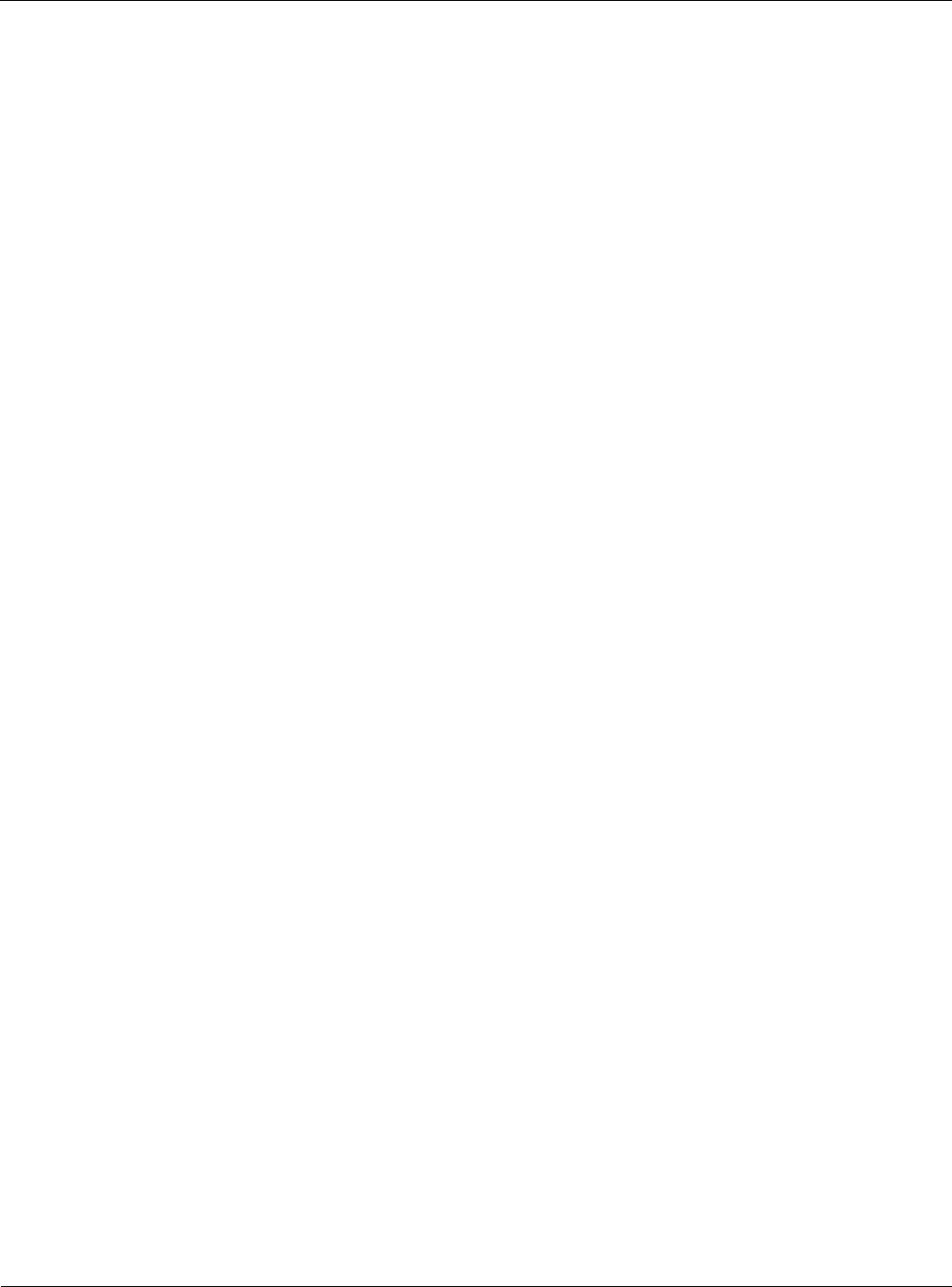Instruction manual
Table Of Contents
- Introduction
- Using the Keypad/Display
- Keypad/Display Menu Structure
- System Summary Menu
- Standard Menus
- System Menu
- Occupancy Menu
- Temperature Menu
- Flow Summary Menu
- Supply Fan Speed Menu
- Return/Exhaust Fan Speed Menu
- Cooling Menu
- Head Pressure Menu
- Evap Condensing Menu
- Economizer Menu
- Min OA Damper Menu
- Heating Menu
- Energy Recovery
- Dehumidification Menu
- Daily Schedule Menu
- One Event Schedule Menu
- Holiday Schedule Menu
- Optimal Start Menu
- Operating Hours Menu
- Extended Menus
- Unit Setup Menu
- Timer Settings Menu
- Time/Date Menu
- Supply Fan Setup Menu
- Return/Exhaust Fan Setup Menu
- Zone Temperature Setup Menu
- Compressor Setup Menu
- Head Pressure Setup Menu
- Chilled Water Setup Menu
- Economizer Setup Menu
- Design Flow Setup Menu
- Heating Setup Menu
- Dehumidification Setup Menu
- Alarm Out Configuration Setup Menu
- Alarm Limits Setup Menu
- Manual Control Menu
- LON/BACnetIP/BACnetMSTP Setup Menu
- Active Alarm Menu
- Alarm Log Menu
- Advanced Menus
- Unit Configuration Setup Menu
- Save/Restore Menu
- Alarm Delays Setup Menu
- Analog Input Status Menu
- Universal I/O Status Menu
- Digital Input Status Menu
- Digital Output Status Menu
- Adv Setup Settings Menu
- Adv Status Parameters Menu
- Alarms
- Operator’s Guide
- Determining Unit State
- Off Operating State
- Start Up Operating State
- Recirculating Operating State
- Heating
- Economizer
- Mechanical Cooling
- Determining Unit Status
- Determining Control Mode
- Determining Cooling Status
- Determining Heat Status
- Determining Economizer Status
- Determining Cooling Capacity
- Determining Heating Capacity
- Determining Supply Air Fan Capacity
- Determining RF/EF Capacity
- Determining Outside Air Damper Position
- Determining Emergency Mode
- Determining Application Mode
- Determining Occupancy Status
- Determining Occupancy Mode
- Determining Occupancy Source
- Unoccupied Operation
- Scheduling
- Temperature Control Configurations
- Heat/Cool Changeover
- Dehumidification
- Energy Recovery
- Outside Air Damper Control
- Outside Air Damper Control, Two Position
- Special Procedures for Units with WRV and More Than Two Circuits.
- Water Pump Control
- Cooling: Multistage
- Cooling: Modulating
- Heating Control
- Modulating
- Min DAT
- Indoor Air Fan - On/Off Control

116 McQuay OM 920
Operator’s Guide
Exhaust Fan - Speed Control
When speed control is selected, the fan operates at the larger of its minimum speed or a value
provided via a connected network or the keypad/display. This value reverts to zero when the
unit is off and remains at that value after startup until a non zero value is written via the
network or the keypad/display.
The exhaust fan is turned on when all four of the following are true:
• The Exhaust Fan is controlled by a VFD
• The OA Dampers are at least open to the Minimum Exhaust OA Position (default 5%)
• The SAF capacity is above the Minimum Exhaust SAF capacity (default 10%)
• The Remote Exhaust Fan capacity is commanded to a value above the minimum value
(Default = 5%) by a BAS for longer than the Minimum Exhaust Start Time (Default = 120
seconds)
The exhaust fan is turned off when the Supply Fan is turned off or when both of the following
are true:
• The Exhaust Fan is controlled by a VFD
• The Remote Exhaust Fan capacity is commanded to less than or equal to its minimum value
(Default = 5%) for longer than the Minimum Exhaust Stop Time (Default = 120 seconds)
Modulating Return\Exhaust Fan Capacity Control
Three different approaches may be used to maintain the building static pressure at acceptable
levels. An analog signal is provided to the VFD to control return or exhaust fan to:
• Maintain the speed of a Return Fan based on Supply Fan speed (Fan tracking)
OR
• Maintain the building static pressure at a desired value
OR
• Maintain a fixed speed based on a signal provided by a Building Automation System via a
network
Any of the three methods may be selected for a Return fan. Either Building Static Pressure or
Speed may be selected for an Exhaust Fan.
When the unit is in an Off or Start Initial state, the variable frequency drive for the Return or
Exhaust is driven to 0% or closed.
After the Return or Exhaust Fan is started, a speed signal of 5% is sent to the variable
frequency drive for the BSPCtrlDelay (Default=30 seconds) and the VFD will increase its
speed to the larger of 5% or it's internally programmed minimum speed. Control reverts to one
of the methods below after the fan has been on for the BSPCtrlDelay. The VFD speed is not
controlled below 5% while the fan is operating.
During non-Off modes when the outdoor air damper is closed, the speed of the return Fan is
set equal to the supply fan speed. Under these conditions, the return fan is set to 100% if the
supply fan is a constant volume fan. To provide a “bumpless transfer” when the outdoor air
damper opens, the return fan will start to control building static pressure from its speed when
the damper was closed. Exhaust fans do not use this feature.










